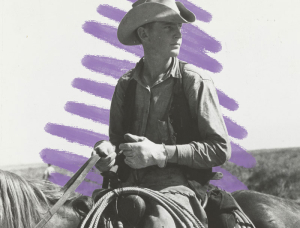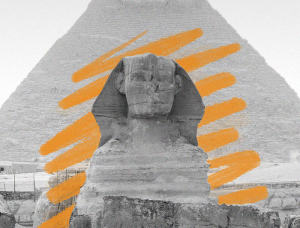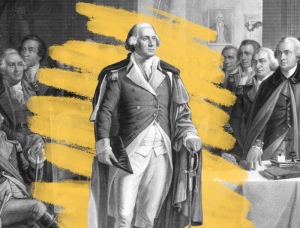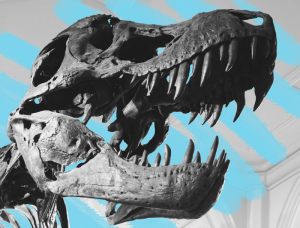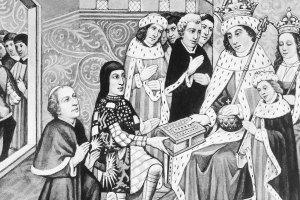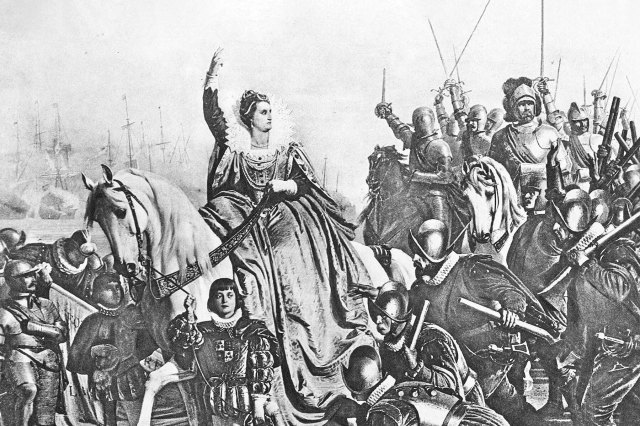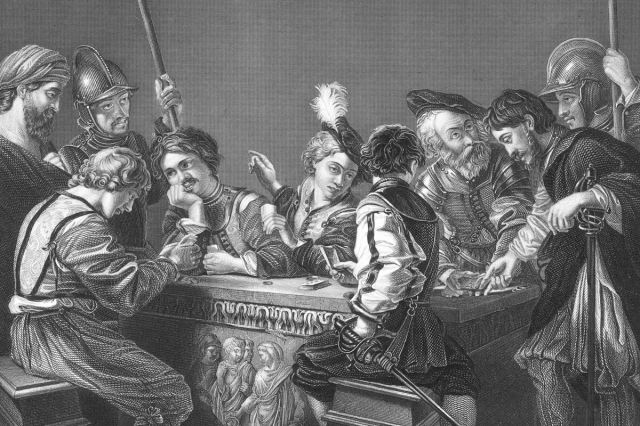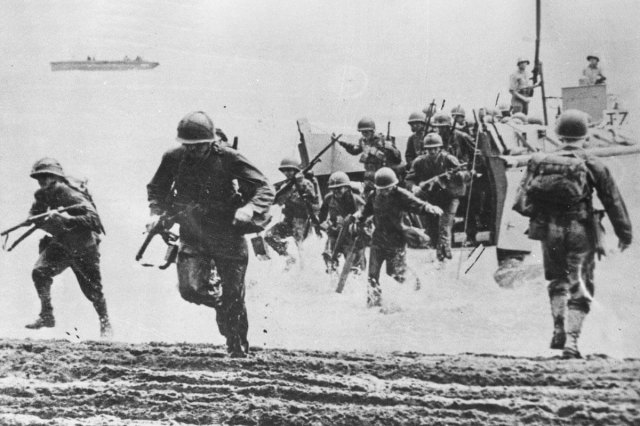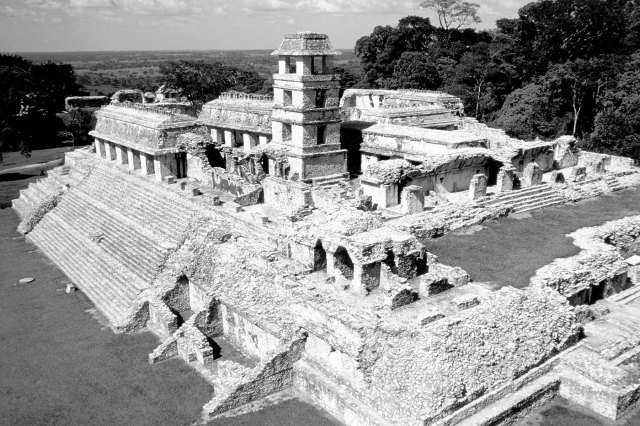China’s terra-cotta army was originally painted with vibrant colors.
The terra-cotta army in China is a collection of more than 7,000 life-size clay soldiers created in the third century BCE, each made with so much unique detail that some archaeologists believe they’re portraits of specific people. But there used to be yet another layer of detail: Originally, these figures were painted in various colors. After the statues were sculpted, fired, and assembled, artisans applied one or two layers of lacquer (derived from a lacquer tree), followed by one or two layers of paint made from cinnabar, malachite, azurite, bone, and other materials mixed with egg.
This massive installation, which was constructed to guard the tomb of Emperor Qin Shi Huang, was discovered by accident when farmers trying to drill a well tapped into one of the figures in 1974. Archaeologists eventually uncovered three pits filled with the statues over an area of about 24,000 square yards, which had originally been covered with wooden roofs. The collection turned out to be just one part of a vast, 17-square-mile necropolis surrounding the emperor’s tomb. Fifty years later, the ancient facility is still being explored. After more than two millennia underground, many of the more fragile parts have disintegrated, such as wooden chariots. And while some areas of pigment are still visible, the once-vibrant color has mostly faded away, too.
